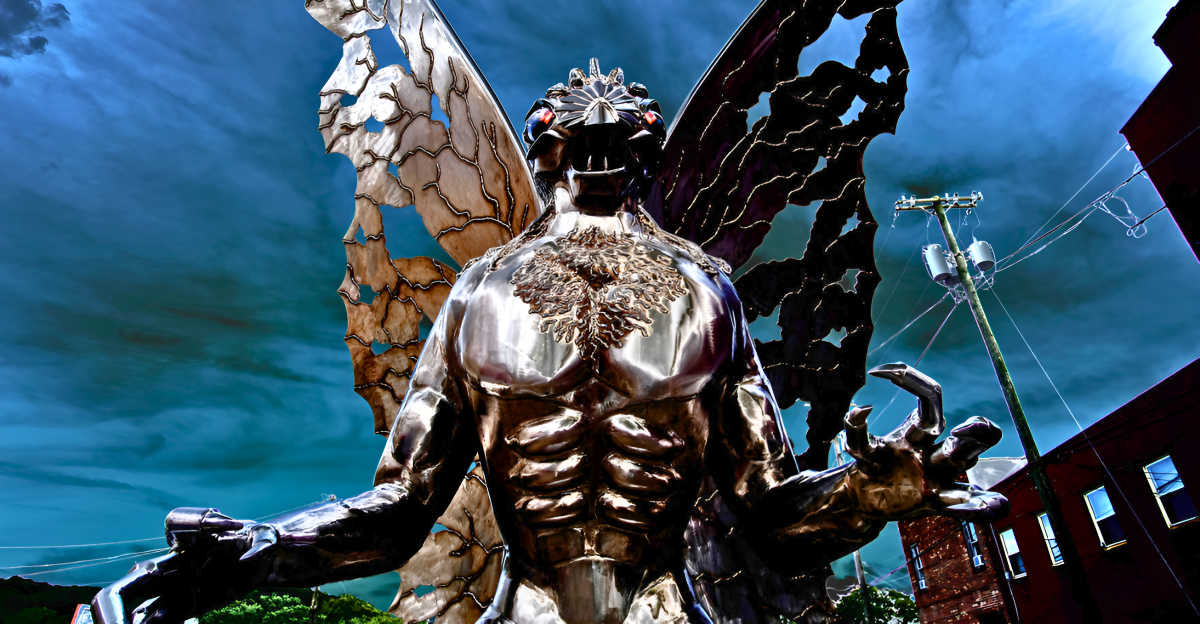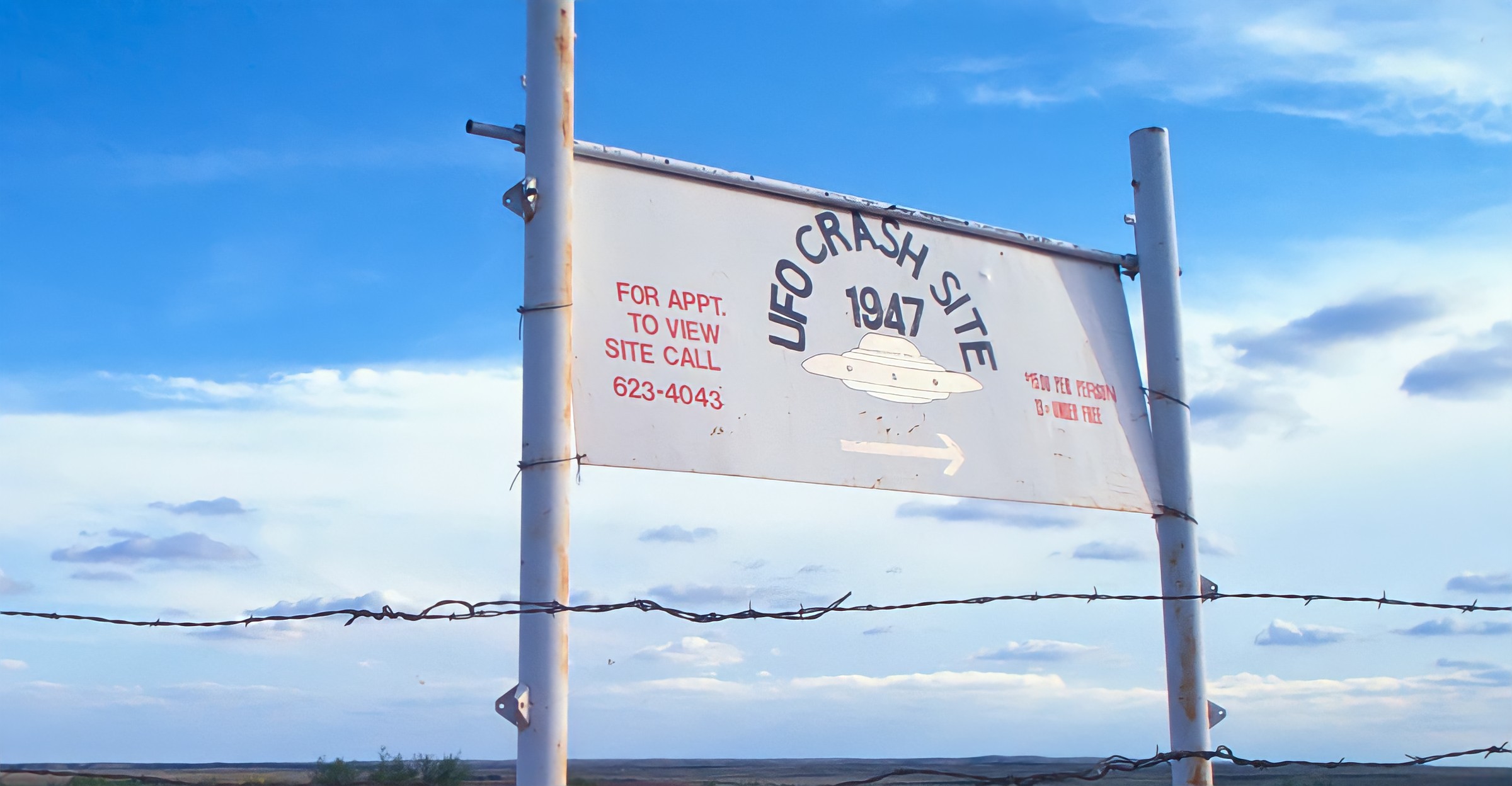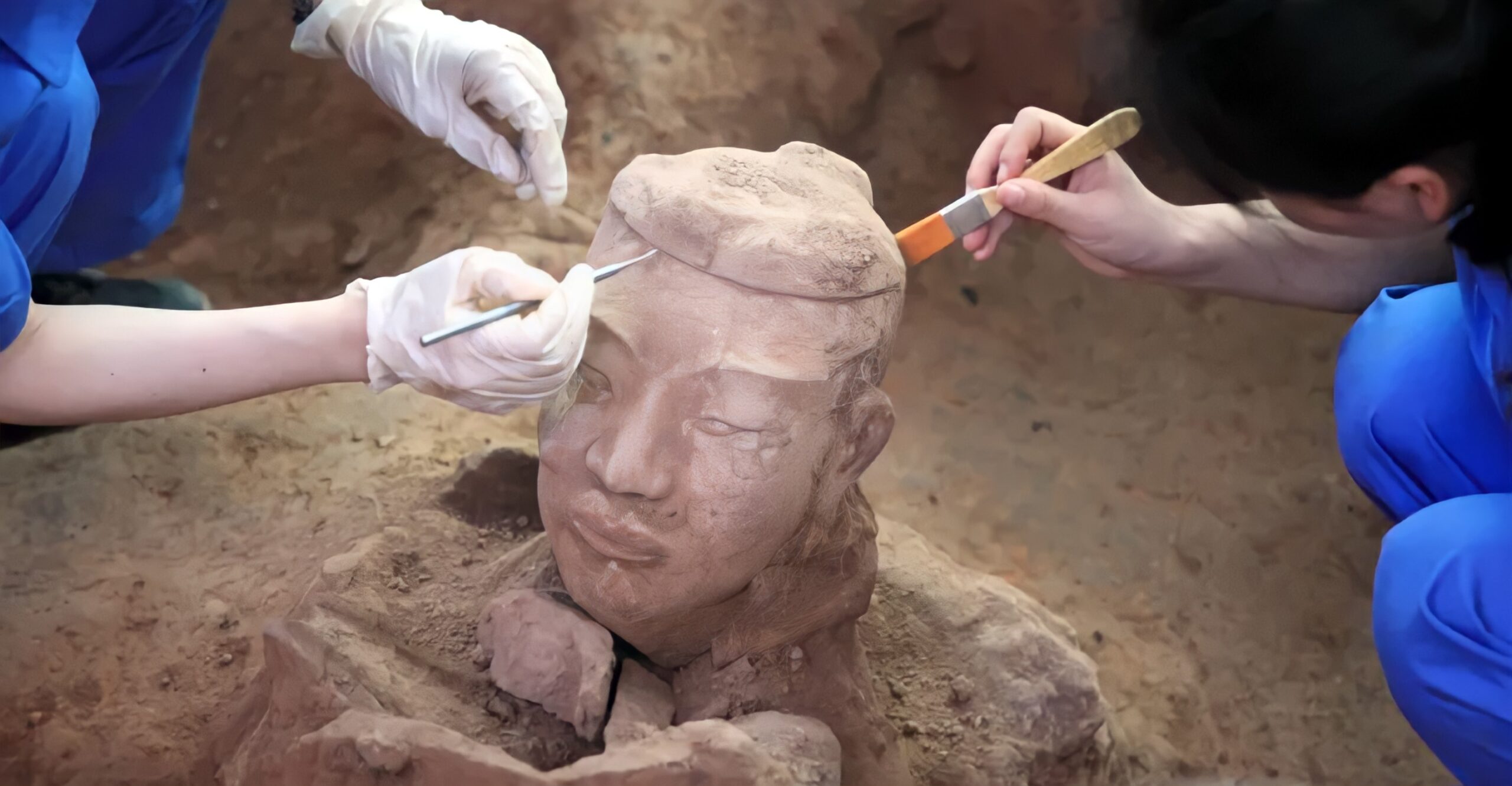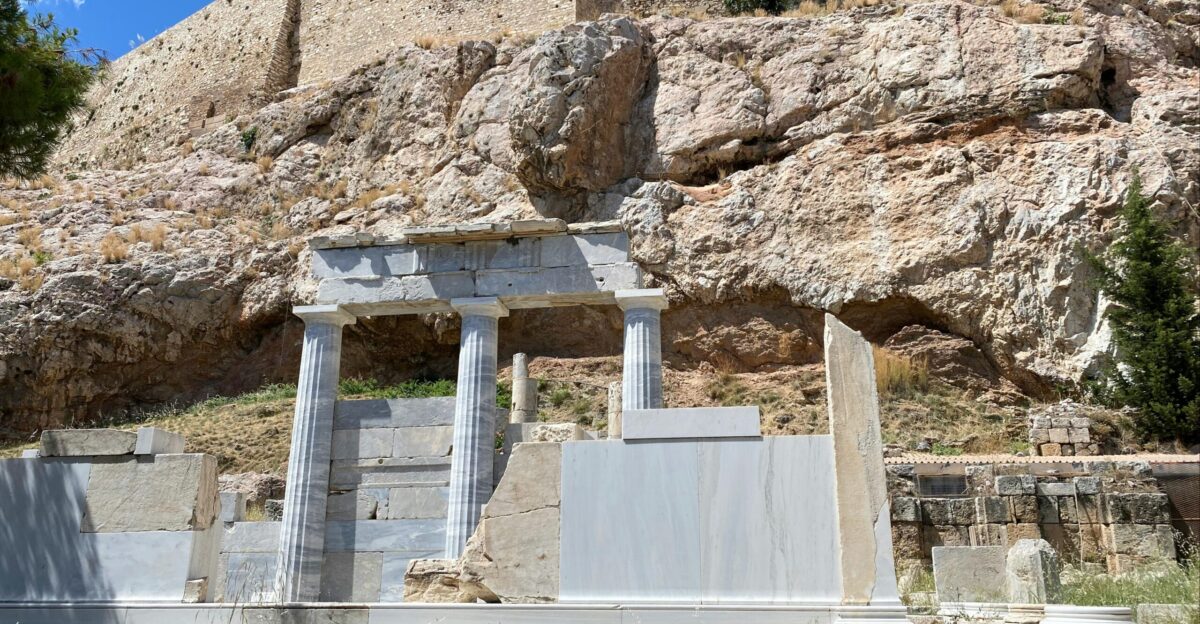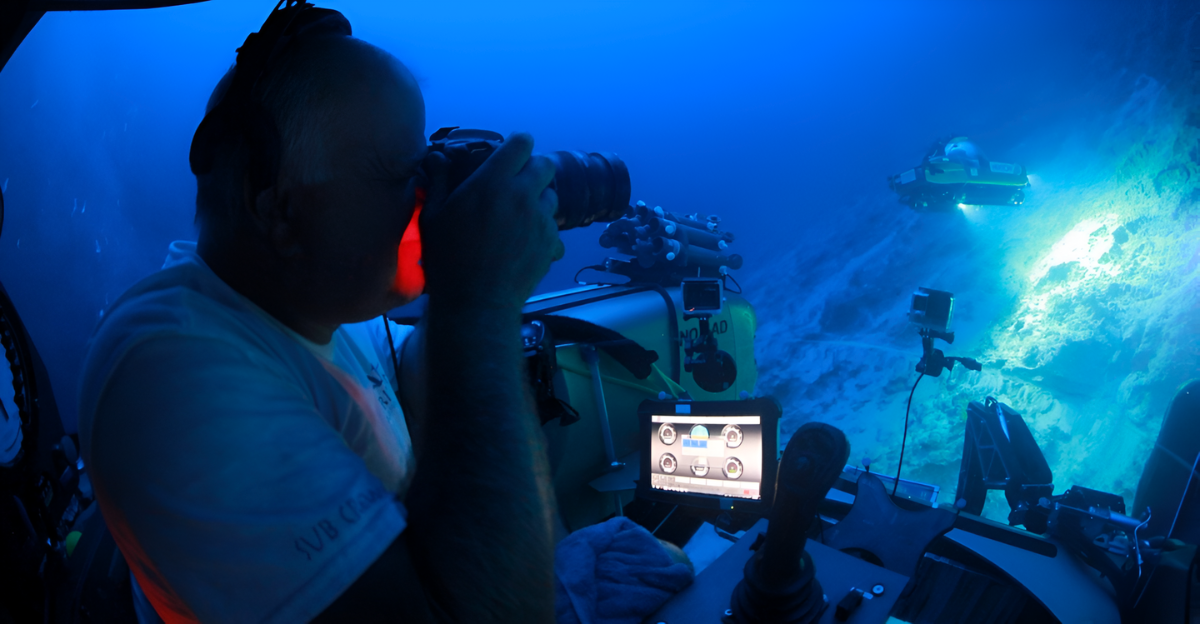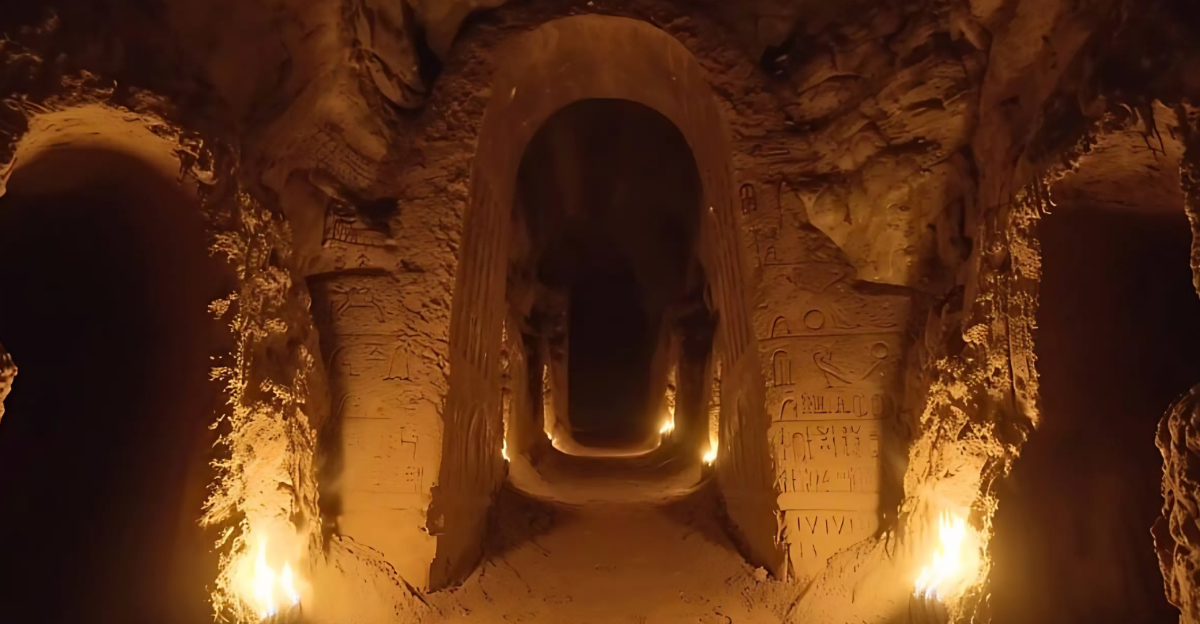
A 5,000-year-old tomb found in China’s Henan province has sent a shockwave through the archaeological community. A routine excavation at the Wangzhuang ruins exposed a bombshell secret: a hidden passage revealed a gateway to a lost prehistoric kingdom.
As archaeologists explore Tomb M27, the evidence is piling up, and the discovery is rewriting early Chinese civilization, sparking viral debates on Reddit, TikTok, and YouTube, and forcing scholars to reconsider kingship, cultural exchange, and societal rank in ancient Asia.
This is the story of how one tomb’s secrets have reverberated across science, culture, and the whole world’s imagination.
A Tomb to Shock the World
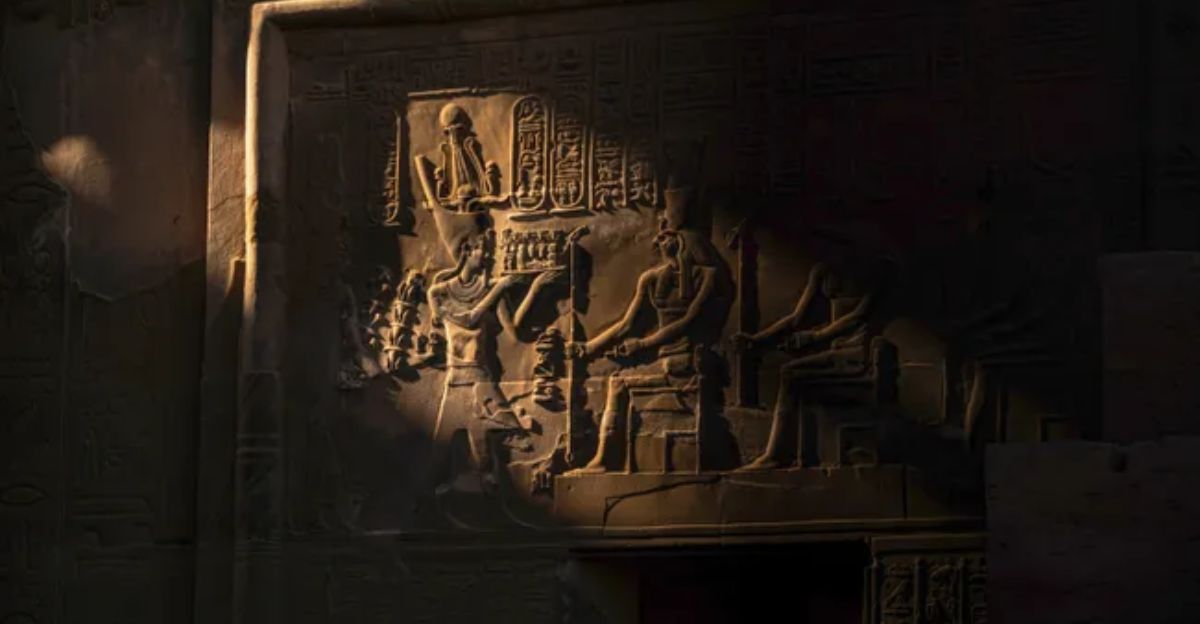
The discovery of Tomb M27 at the Wangzhuang ruins represents a groundbreaking find in archaeology. The tomb, a treasure trove of coffins, bones and artifacts, provide evidence of a prehistoric kingdom.
The tomb’s size, ornate coffins, and the over 350 artifacts found suggested a royal burial, but it has raised questions about what this discovery means for our understanding of early Chinese civilizations, exciting archaeologists and driving viral speculation on social media.
The Discovery: Who, Where, and Why Now?
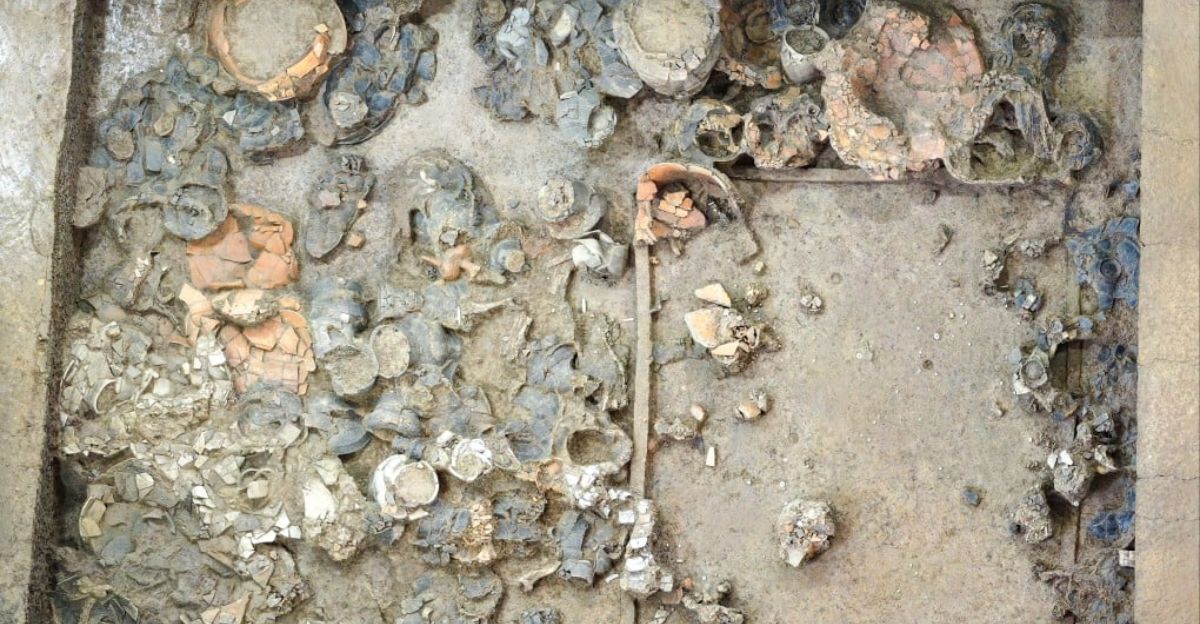
The Wangzhuang ruins in Yongcheng, Henan province, have been excavated since 2023 by a joint team from the Henan Provincial Institute of Cultural Heritage and Archaeology and Capital Normal University.
The ruins span 120,000 square meters, but Tomb M27 stands out with a monumental size of over 17 square meters, including inner and outer coffins. It’s roughly 15 feet long and 12 feet wide, making it one of the largest tombs of the period.
The timing of the discovery is no accident: advances in archaeological technology and increased interest in Neolithic China made such a momentous find possible.
Why This Tomb, Why This Moment?
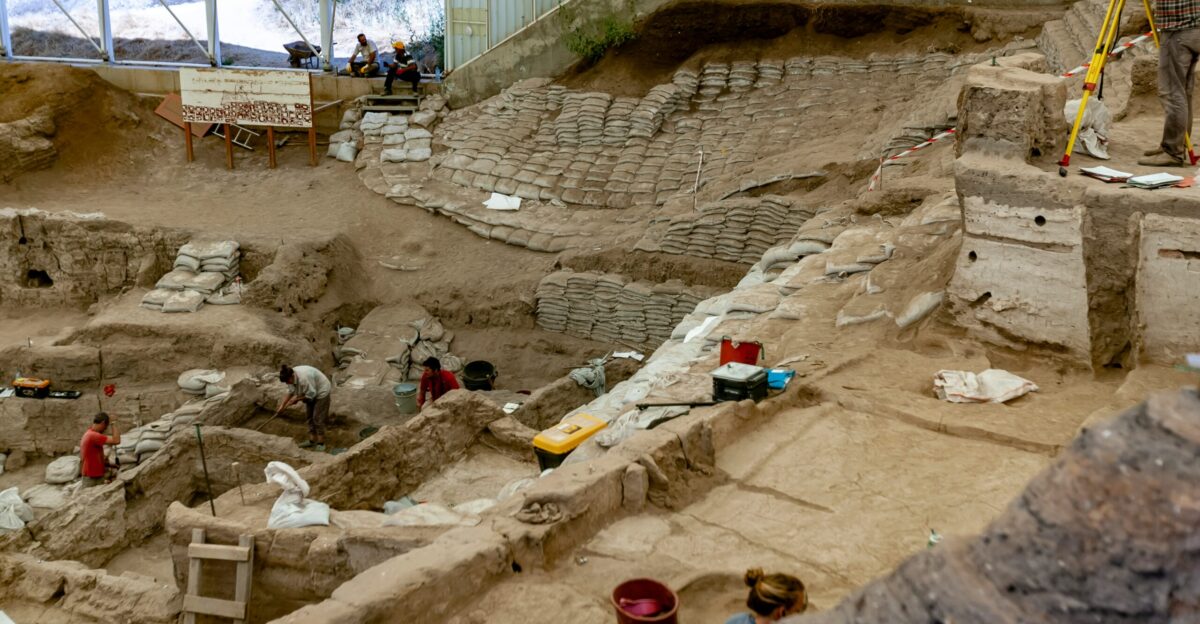
Archaeologists worked at the Wangzhuang site because previous digs showed a remarkably sophisticated community. The recent discovery of this range of tombs has left researchers amazed, suggesting that the entire site could be the capital of a lost kingdom.
The site was home to the Dawenkou Culture that lived there between 4000 and 2600 BCE and were characterized by social hierarchies and inter-regional ties. However, nobody expected this type of tomb from this period or people.
A Door to the Dawenkou
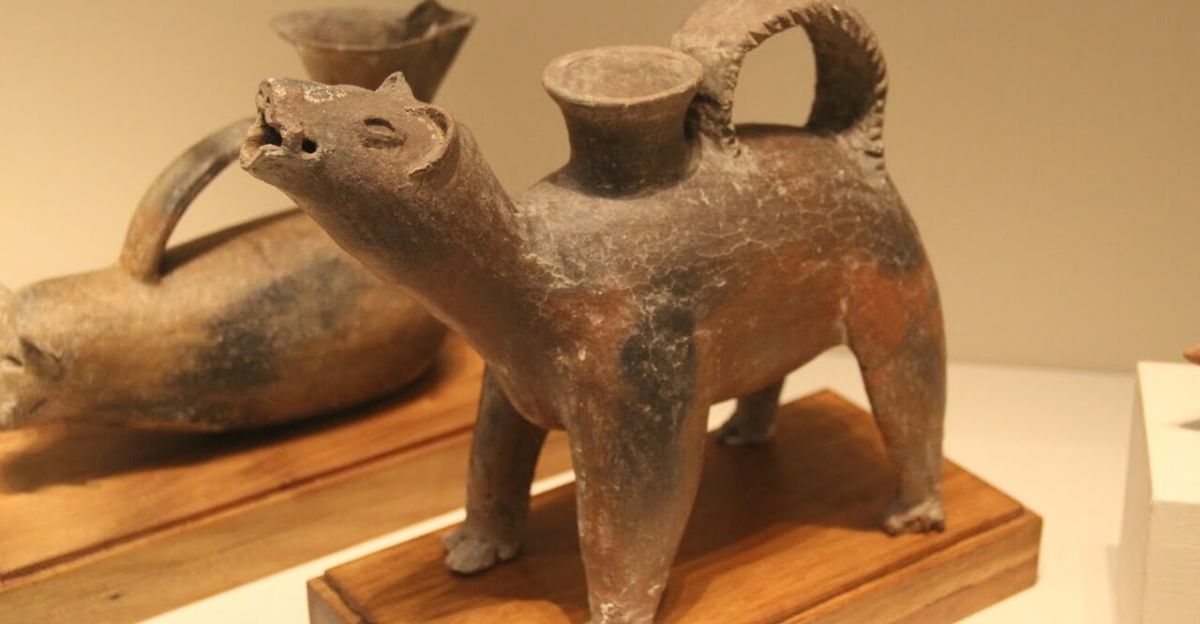
The Dawenkou Culture flourished in eastern China, centered around present-day Shandong but spreading into Anhui, Henan, and Jiangsu.
Renowned for its sophisticated pottery, jade, and ivory artifacts, Dawenkou evolved from an equal society to one with vast sociological differences. Their elaborate burial and ritual systems influenced later dynasties and the broader trajectory of Chinese civilization.
Technology Peels Back the Layers
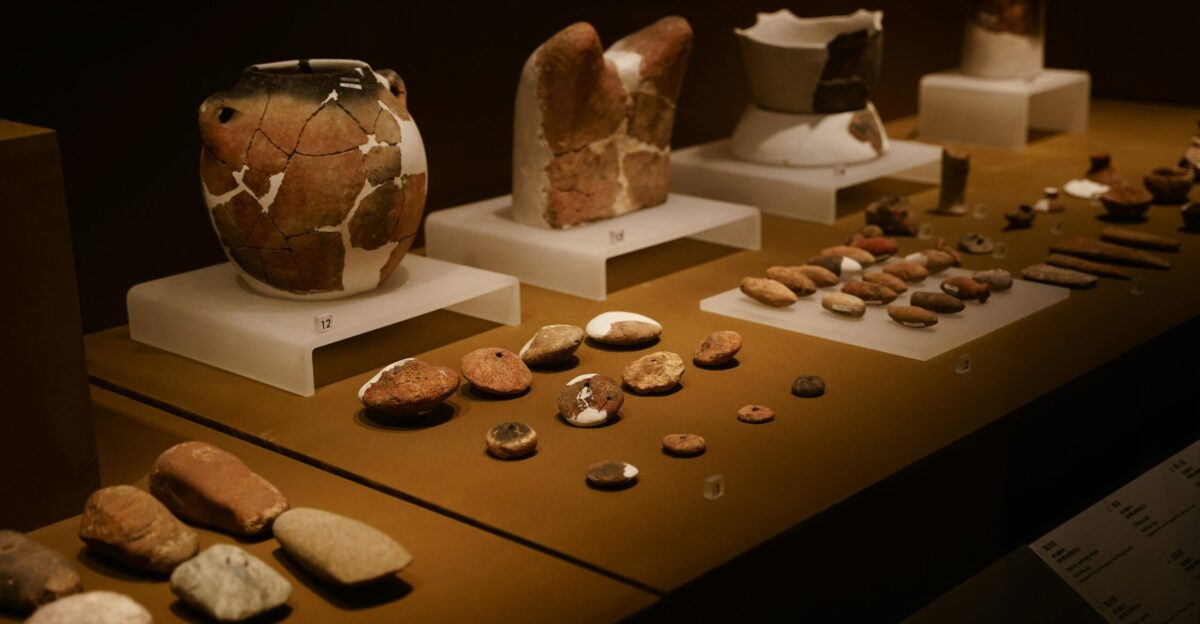
State-of-the-art methods—3D scanning, residue analysis, and micro-excavation—allow scientists to reconstruct the original configuration of the tomb and sequence of events after burial.
The methods revealed the traces of an enclosed passageway, possibly a ritual “door,” and helped establish where objects originated from, including some from several hundred miles away.
Thus, this site is another example of how the technological age is revolutionizing standards for archaeology worldwide.
The Scientific Community Hurries

Now, geneticists, historians, and archaeologists are racing to analyze the findings. The sheer number of artifacts—jade, pottery, and animal bones alike—suggests wide trade and cultural exchange, and theories about the extent of prehistoric networks are being refuted.
Museums are re-evaluating collections, and journals are publishing articles at record speeds to keep pace with this latest discovery.
Moreover, with each passing day, theories about the beginnings of Chinese kingship and social hierarchy are being rewritten in real time.
The Significance of the Artifacts’ Journey

Archaeologists were shocked to find that the artifacts found in Tomb M27 originated from far and wide, with some spanning the eastern and central regions of ancient China and the Yangtze River basin. This find further proves that cultural exchange took place long before we originally thought.
However, there were also local artifacts that provided evidence of traditional rituals found in the tomb. This included buried deer’s teeth and small-mouthed jars.
Challenging the Textbooks: What We Thought We Knew
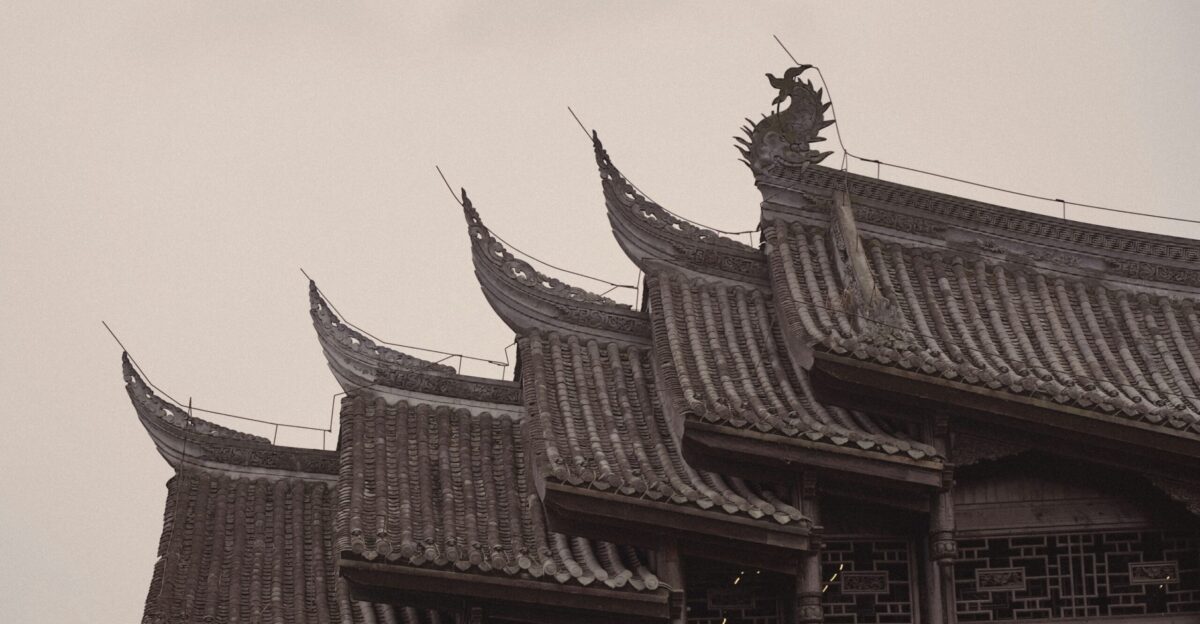
The Wangzhuang tombs are challenging traditional orthodoxy that Chinese civilization originated from the Yellow River basin exclusively. Instead, the evidence found at the site points toward a mosaic of autonomous cultures in exchange, rivalry, and sporadic conflict.
Further there was systematic tomb desecration, such as burial rooms with no skeletons, and broken artifacts, indicating political conflict and social unrest, refuting the myth of peacefulness in the Neolithic.
The Impact: A New Model for Prehistoric Capitals
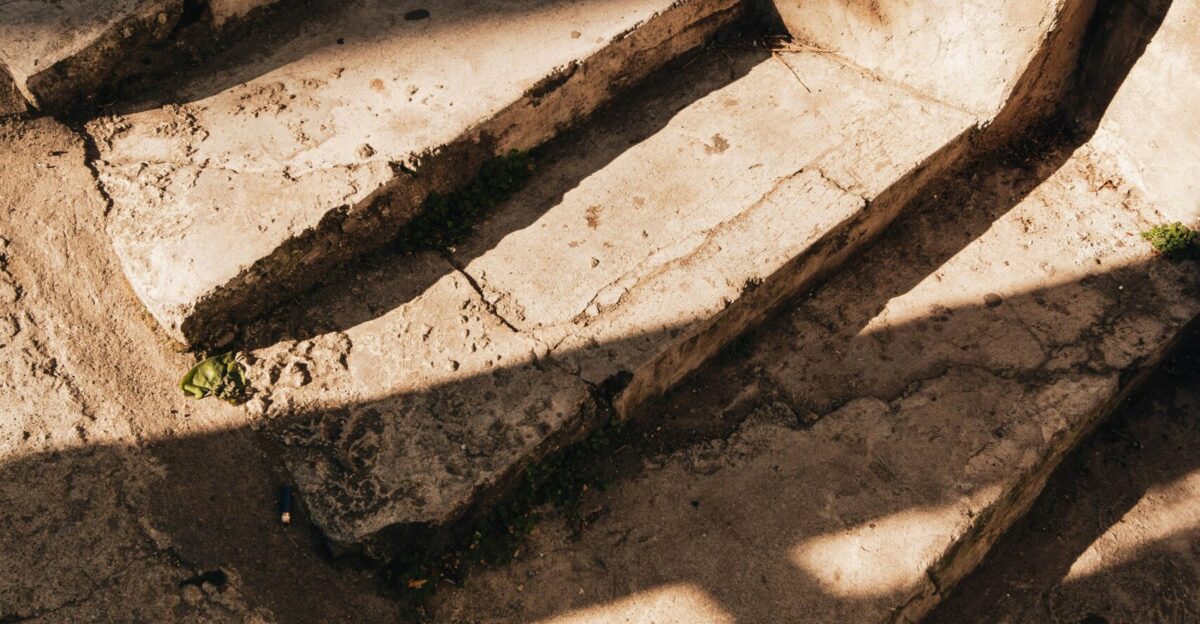
The Wangzhuang site is being considered as a model for the earliest cities: a location where elites ruled, craftsmen thrived, and cultures blended.
With a total of 45 tombs at the site and the quantity and diversity of artifacts—over 1,000 have been found this year alone— the ruins show a level of productivity and specialization previously unimaginable for this era.
This site has already influenced archaeological interpretation of other ancient settlements across Asia and the rest of the world.
Voices from the Trenches: Archaeologists React
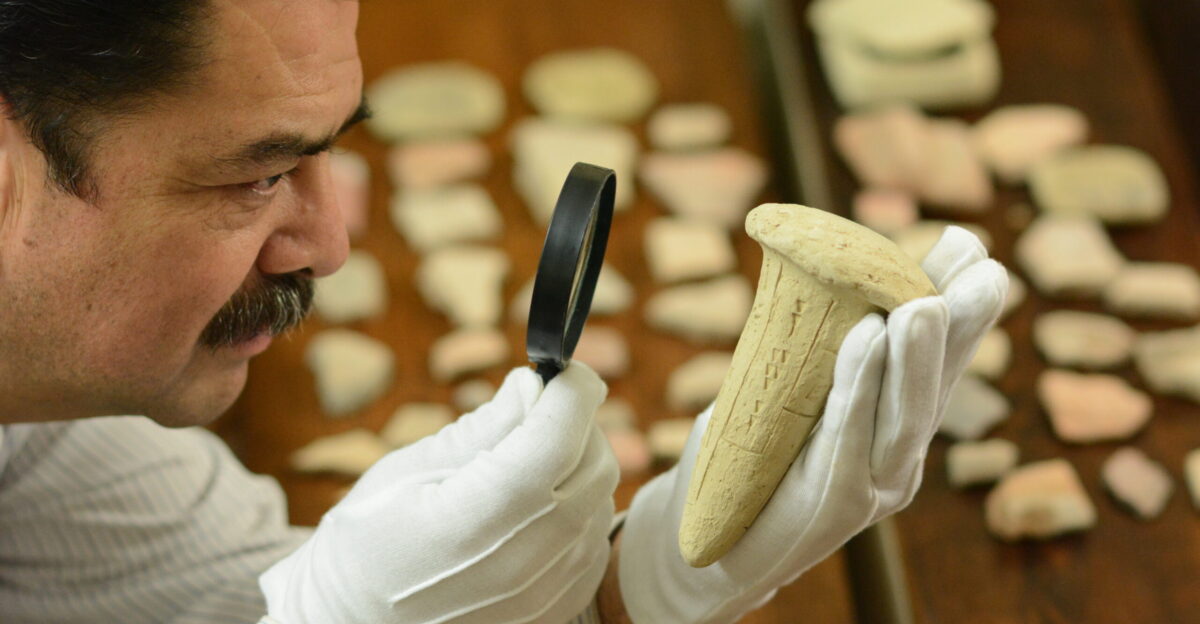
On site, the mood is tense but protective. “This is not a grave; it’s a window into an extinct world,” states Zhu Guanghua, the head archaeologist on the site. The archaeologists are now fielding calls from colleagues as far away as Europe and the Americas.
Individual members have spoken of sleepless nights and heated arguments over the tomb’s true purpose. Locals, meanwhile, have turned into mini celebrities as their village goes viral.
The Ripple Spreads: A New Kingdom Emerges in the Public Psyche
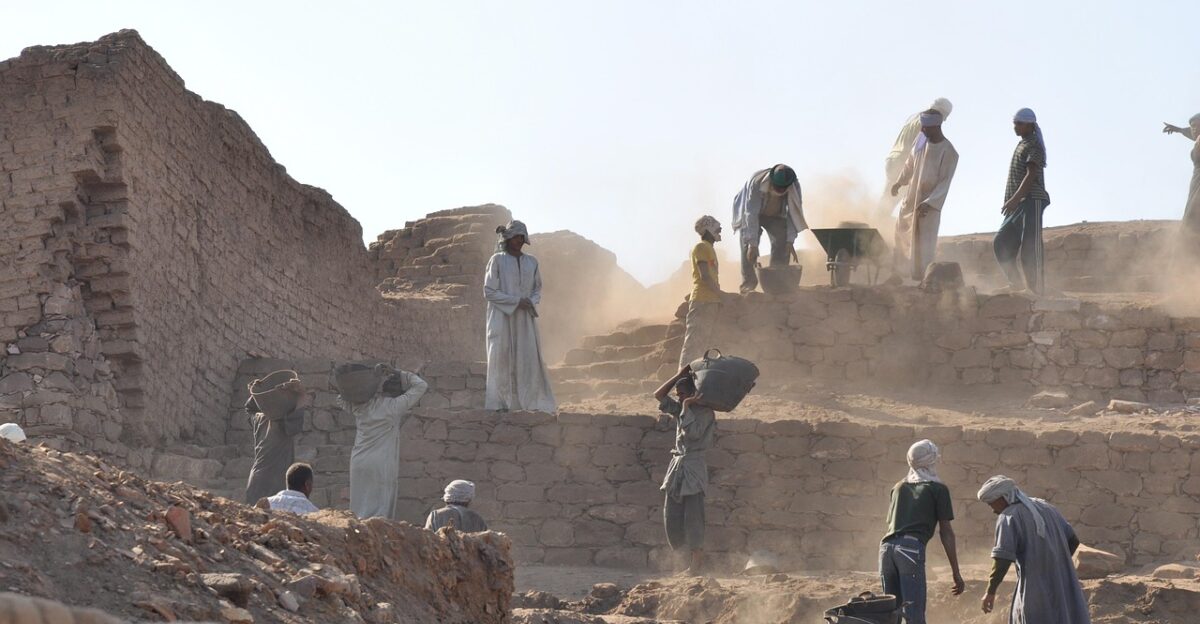
Within hours, the story went viral on social media. Reddit groups dissected the tomb’s architecture; TikTok personalities asked questions about lost dynasties; YouTube channels discussed the numerous artifacts and what it represents in terms of world history.
For the public, this site represents the chance to understand a prehistoric kingdom, rewriting everything we thought we know about early East Asian civilization. The discovery may very well reshape how we talk about ancient power and identity.
The Lasting Ripple: Why This Matters for Us All
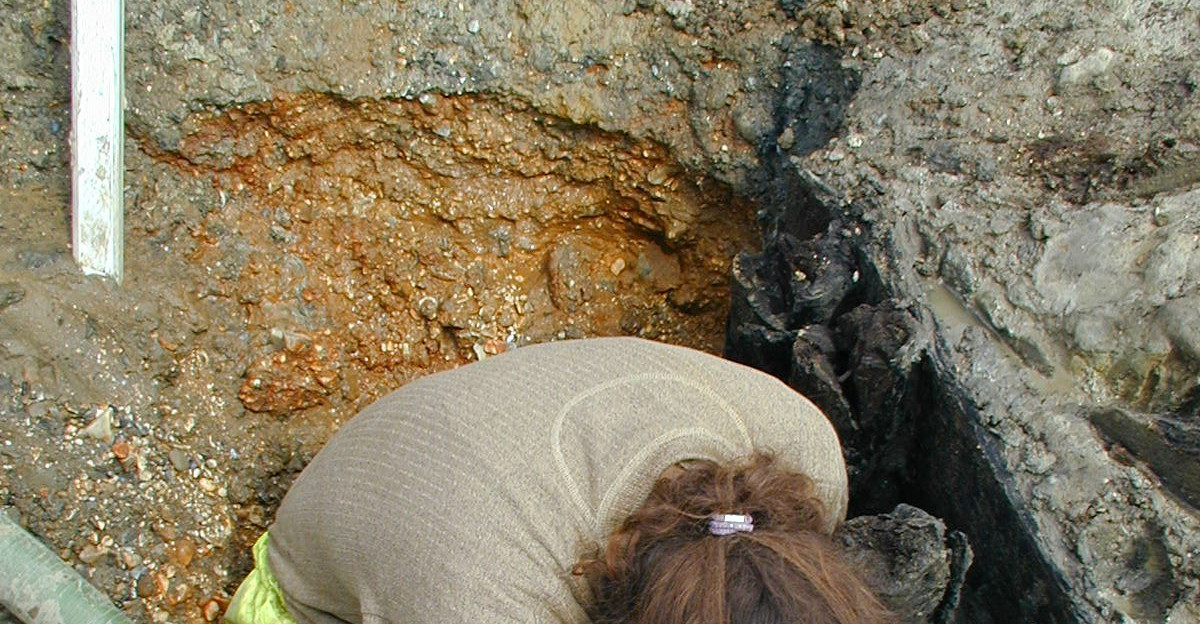
Wangzhuang’s Tomb M27 is more than an archaeological miracle; it’s a testament that history is never complete. Each new discovery can send ripples through science, culture, and our understanding of cultural history.
As we watch the story unfold—on screens, in classrooms, and on site—we’re reminded that the past is always closer, stranger, and more connected to our fate than we’ll ever comprehend.


